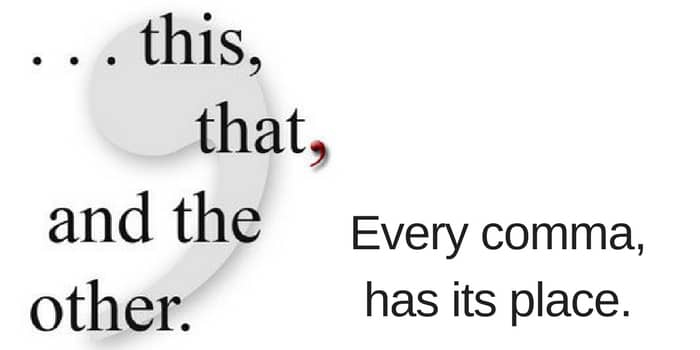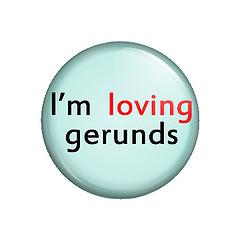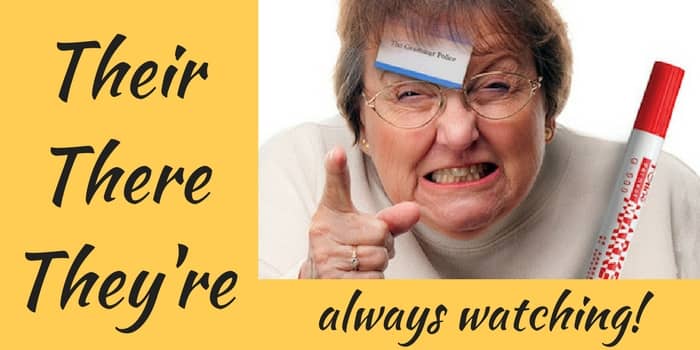
Do you know the punctuation rules for commas?
When teaching English writing, one of the most common mistakes I came across was the use of the comma. On asking my students why they had placed a comma in a certain position, they often justified it by saying that it was for a pause for breath. Well, when we read we don’t need to stop for breath so there must be some other reasons. Unlike some Latin languages, English is quite frugal when it comes to the use of the comma. I have used the following guide when I have been in doubt.
Quick Guide to Commas
1. Use commas to separate independent clauses when they are joined by any of these seven coordinating conjunctions: and, but, for, or, nor, so, yet.
2. Use commas after introductory a) clauses, b) phrases, or c) words that come before the main clause.
3. Use a pair of commas in the middle of a sentence to set off clauses, phrases, and words that are not essential to the meaning of the sentence. Use one comma before to indicate the beginning of the pause and one at the end to indicate the end of the pause.
4. Do not use commas to set off essential elements of the sentence, such as clauses beginning with that (relative clauses). That clauses after nouns are always essential. That clauses following a verb expressing mental action are always essential.
5. Use commas to separate three or more words, phrases, or clauses written in a series.
6. Use commas to separate two or more coordinate adjectives that describe the same noun. Be sure never to add an extra comma between the final adjective and the noun itself or to use commas with non-coordinate adjectives.
7. Use a comma near the end of a sentence to separate contrasted coordinate elements or to indicate a distinct pause or shift.
8. Use commas to set off phrases at the end of the sentence that refer back to the beginning or middle of the sentence. Such phrases are free modifiers that can be placed anywhere in the sentence without causing confusion.
9. Use commas to set off all geographical names, items in dates (except the month and day), addresses (except the street number and name), and titles in names.
10. Use a comma to shift between the main discourse and a quotation.
11. Use commas wherever necessary to prevent possible confusion or misreading.




Hello Derek,
You have covered all bases, and you have written a wonderful, informative blog. If there were ever any doubt where to use a comma, you have clarified the situation.
I must say, I thoroughly enjoy your blog, and it would be a rare event, indeed, that I would miss reading one of your posts.
Warm Regards,
Kathleen
I'm feeling a bit commatose. Sorry, I couldn't help myself.
Great info, thanks. It is always useful to have a list such as yours on file.
AH! Will add to grammar shelf! Thank you for the wonderfully written, informative post!
I'm bookmarking this page! Thanks for the quick tutorial.
Nice, clear article.
Might quote and link you on my blog.
Thanks.